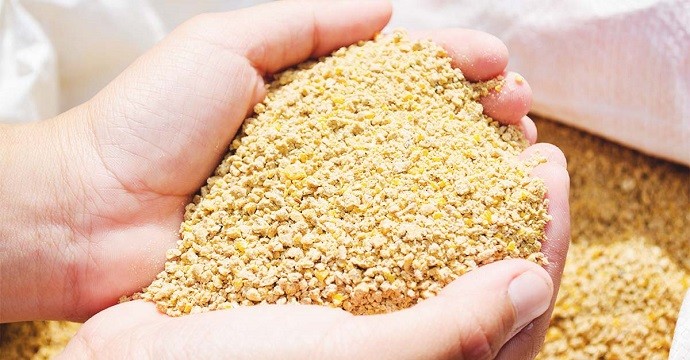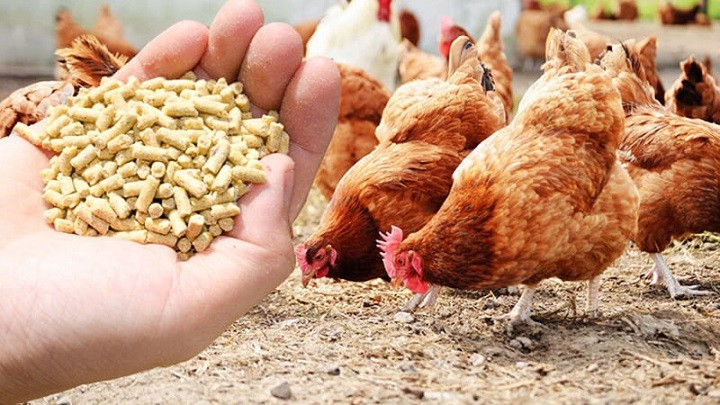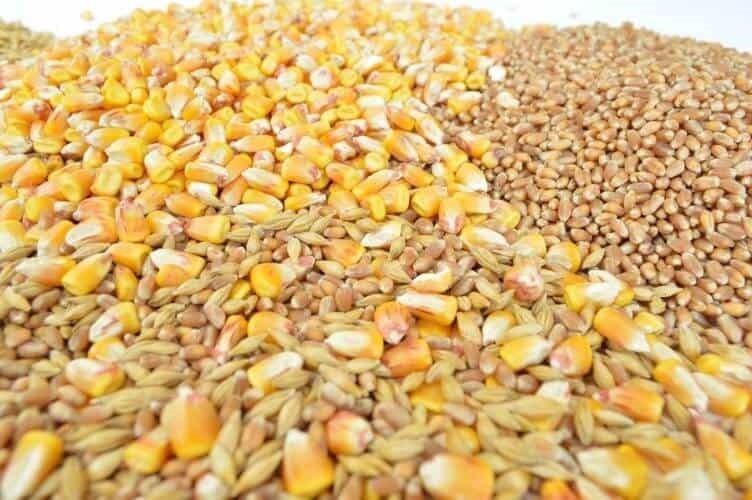Feeding chickens is a crucial aspect when rearing chickens. Various kinds of chicken feed come along with their benefits. Chicken needs a balanced diet for growth and development. This includes starch, proteins, vitamins, minerals, and amino acids. The nutrients enable them to gain weight and produce enough eggs.
Farmers incur a lot of money to take care of their chicken. 80% of the total expenditure goes to their feeds. At times, one ends up buying them at high prices, and at times you don’t get what you want. But then, do you know that you can make chicken feeds yourself? COVID-19 has also hit the world. The pandemic has disoriented many things, including our economy. You can beat the pandemic by learning to prepare chicken feed from home. Today, you will learn how to make chicken feed from home.

Why Make Your Chicken Feed?
Many advantages come with the domestic production of feeds. They include;
1. Cost-Effective.
Every person runs by a budget. Do everything to fit the amount you can afford. You will save a lot on transport and other chain of distribution costs.
2. Quality
Packaged commercial feeds can be of low quality. Making it yourself means you are responsible for formulating the feeds. You will prepare the feed to suit the quality you need. For instance, most retail companies may omit the most crucial elements. This is due to their cost that makes producers lower their ratios. This, in turn, affects the feeds’ ultimate quality.
3. Domestic Production Ensures The Use of Food Refuse
We all need to ensure we make use of every resource we have around. Food refuse are things like kitchen wastes, maize grains, and flour. Using them is a way of minimizing wastage and maximizes output.
4. Customized Depending on Your Region.
You will feed your chicken with feed prepared with materials in your area. Adaptable materials are viable and digestible.
Formulation of Chicken Feed

First and foremost, you need to know how much it costs each ingredient you require. This way, you will make feeds that fit the number of chickens you have. Ensure that you strike a balance between the nutrients. Carbs, proteins, vitamins, amino acids, and minerals should balance.
Ingredients
1. Carbs (for energy-giving)
- Maize germ/bran.
- Whole maize meal.
- Wheat pollards
- Wheat bran
2. Proteins (helps to Build Body Tissues)
- Soy meal (derived from soy beans)
- Cottonseed cake (derived from cotton seeds)
- Sunflower seed cake (derived from sunflower seeds)
- Fish meal
3. Minerals (Helps in Bone Formation, Feathers, Beak, and Nails)
- Limestone powder (derived from limestone)
- Salt (cattle salt). Don’t use table salt; it consists of iodine, which is poisonous to chicken
4. Vitamins (Help to Build up Immunity)
- Premix (feed formulation)
5. Amino Acids (Help Break Down Proteins For Them For Easy Absorption)
- Methionine
- Threonine
- Lysine
- Tryptophan
- Enzymes
- Zinc Bacitrach
6. Toxin binder (Kills contaminated elements in the ingredients. It also prevents the build-up of molds)
7. Coccidiostat (Helps prevent disease that is rampant in chicks).
Procedure
Step 1: Measure all Your Ingredients.
Measure all your ingredients. The measure depends on the number of chickens you have. You need to consider there are two breeds of chicken (broilers and layers) as well as the three types of chicken feed;
- Chick mash (1 day- 2 months)
- Grower’s mash (2 months- 4½ weeks)
- Layers mash(4½weeks going forward)
This is a table to illustrate a 70 kg chicken feed. You need to measure all ingredients to get a quality feed.
| Ingredients | Chick mash | Growers
mash |
Layers mash | starter
(1-4 weeks) |
finisher
(4 weeks and above) |
Indigenous
or local breed
|
| Whole maize | 31.5 kg | 10 kg | 34 kg | 40 kg | 10 kg | 34 kg |
| Maize bran | 9.1 kg | 17 kg | 10 kg | – | 16.7 kg | 10 kg |
| Wheat pollards | 7 kg | 13 kg | – | – | 13.3 kg | – |
| Sunflower seed cake | 16.8 kg | 5 kg | – | – | 4.7 kg | – |
| Fishmeal | 1.5 kg | 3 kg | 8 kg | 12 kg | 3 kg | 8 kg |
| limestone powder | 1.75 kg | 2 kg | 6 kg | 4 kg | 2 kg | 6 kg |
| Salt | 30g | 14g | – | – | 5g | – |
| Premix | 20g | 18g | 175g | 70g | 10g | – |
| Wheat bran | – | 10 kg | – | – | 10 kg | 10 kg |
| Soy bean | – | 3.4 kg | 12 kg | 14 kg | 3.4 kg | 12 kg |
| Cotton seed | – | 6 kg | – | – | 6 kg | – |
| Coccidiostat | 60g | 1g | – | – | 5g | – |
| Toxin binder | 50g | 7g | 50g | – | 5g | – |
| Lysine | 3g | – | 70 | – | – | – |
| Methionine | 10g | – | 35g | – | – | – |
| Threonine | 70g | – | 70g | – | – | – |
| Enzymes | 50g | – | – | – | – | – |
| Tryptophan | – | 35g | – | – | – | – |
| Zinc Bacitrach | – | – | – | – | 5g | – |

Step 2: Mix the ingredients.
Once the ingredients are of required quantities, start making the feed. With a shovel, spades, or stick, mix the ingredients. This ensures that your chickens receive all the required nutrients. For adequate mixing, one can acquire an electric mixer. You can also use hands if you cannot get access to a mixer.
Step 3: Measuring Feed to Feed Each Chicken.
Multiply the total feed required by chicken by the number of chickens. Feed the chickens by sprinkling food on the ground where they can see. You can also feed your chicken using a feeder.
Step 4: Storing The Feed in a Cool and Dry Place.
You need to store your feed in a safe place. Barnes or Garages are ideal places to store the feed. Keep checking the feed for bugs, mice, and mold before feeding the chickens. You will use these steps to make feeds your own rather than buying from stores. This way, you get assured of quality feed for your chicken.
Conclusion
It is time to take a step and learn how to do everything your own. Learning how to formulate and make chicken feed is vital to every chicken farmer. This is especially to one who needs to make a profit by minimizing production costs and maximizing output. Mixing your feeds will ensure high nutrition value in the feeds. This way, you will boost your indigenous species production. You can follow these steps and have everything prepared from your home.
